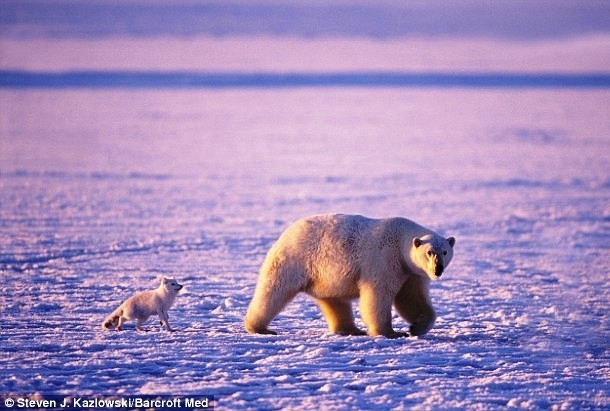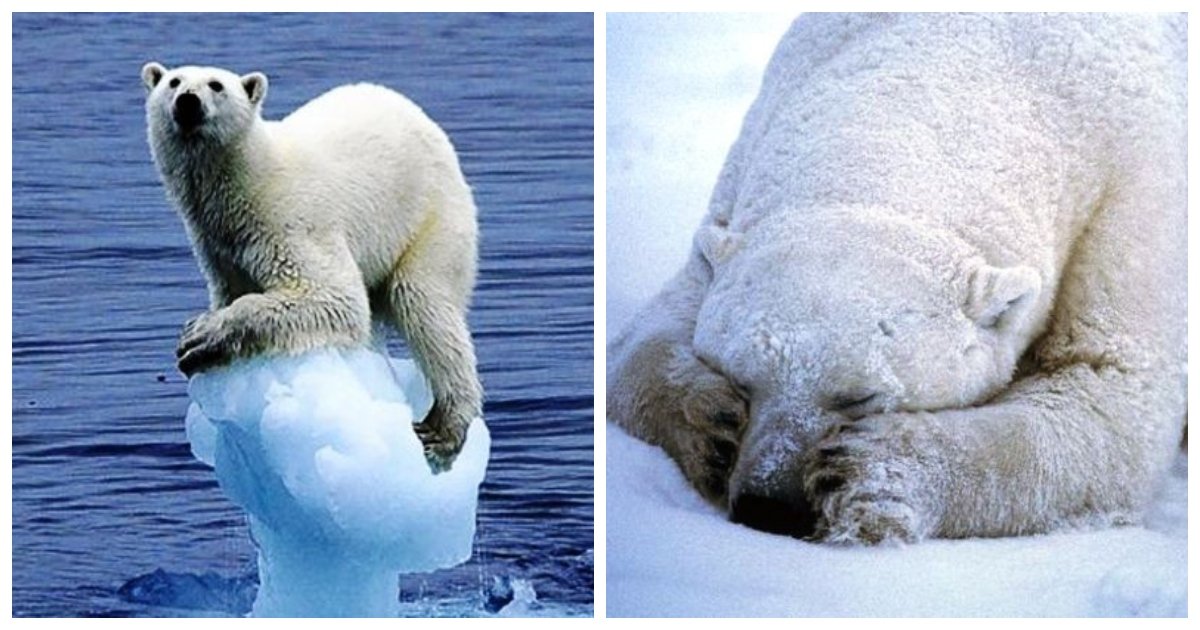Undoubtedly, polar bears rank among the most amazing animals that have ever roamed our planet. The mere fact that these magnificent creatures manage to survive in one of the most extreme and cold places on Earth is admirable. We all know that polar bears, especially their cubs, can be irresistibly cute but what many people don’t know is the fact that they are also very intelligent and inventive. In fact, according to research scientist Alison Ames, polar bears may be just as smart as some apes. This intelligence is evident in the calculative way they hunt for seals.
Intelligence aside, polar bears are arguably the largest of all bears and the most recognizable (it’s a huge white bear…you can’t miss them). Unfortunately, polar bear populations are currently declining and are considered to be vulnerable to climate changes. In fact, polar bears were the first vertebrate species to be listed by the U.S. Endangered Species Act as threatened by extinction. We hope that the more we learn about these amazing creatures, the more willing we would be to save them. Take a stroll with use as we present to you 25 Fascinating Little Known Facts About Polar Bears. Get ready to see this beautiful creature in a brand new light.
25. Although polar bears are usually born on land, they spend most of their time at sea. Their scientific name Ursus Maritimus means “maritime bear”.
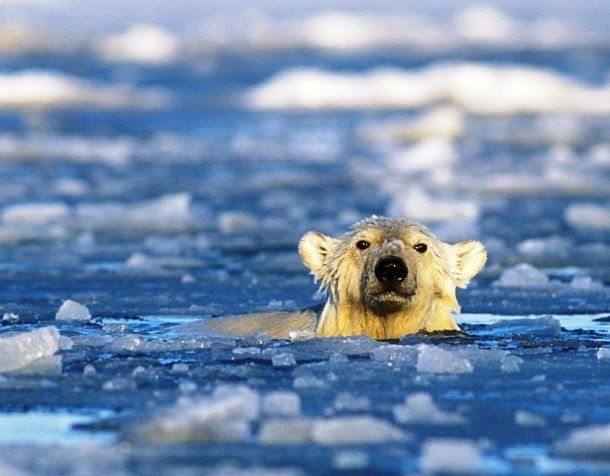
24. Polar bears are thought to have diverged from a population of brown bears some 5 million years ago. They have evolved unique features that help them survive in the extremely cold Arctic region.
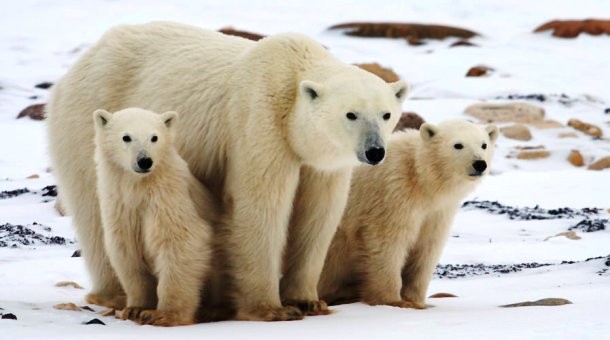
23. But despite being a separate species for such a long time, the polar bears can still breed with brown bears to produce fertile grizzly–polar bear hybrids. This occurrence has happened in both wild as well as in captivity but is very rare.
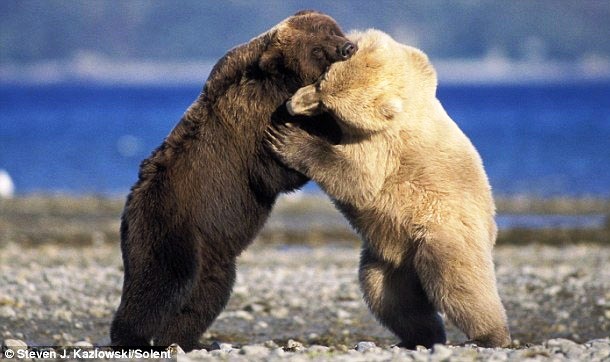
22. The most typical characteristic of a polar bear – the stark white fur – is not exactly what it appears to be. In fact, their hair follicles are transparent, hollow tubes. This causes them to reflect whatever light surrounds them.
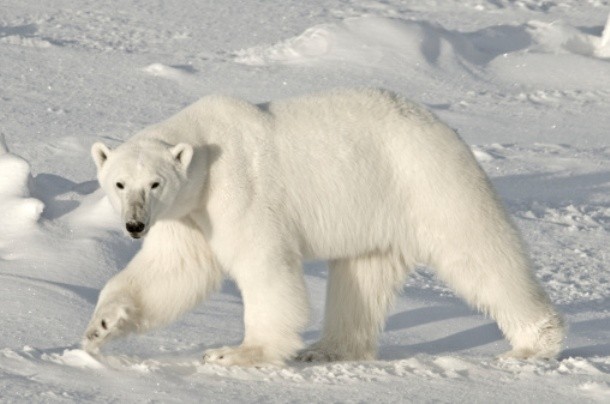
21. However, their fur might sometimes look a kind of yellowish or greenish. The yellowing is due to age and dirt, while the greenish color is caused by algae that can grow on polar bear fur in unnaturally warm and humid environments.
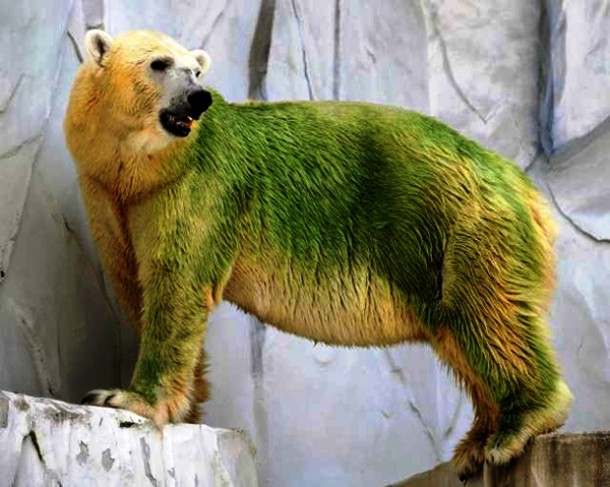
20. Another color-related surprising fact is that their skin is actually black. It helps them trap heat.
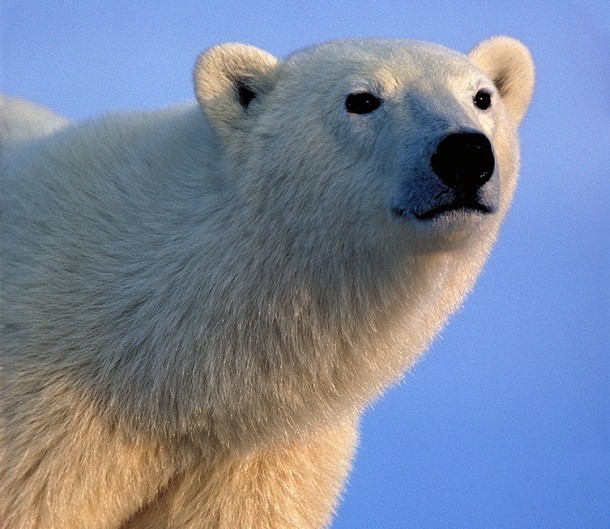
19. Their tongue is heavily pigmented too and, partially because of being well supplied with blood, is sometimes even dark blue.
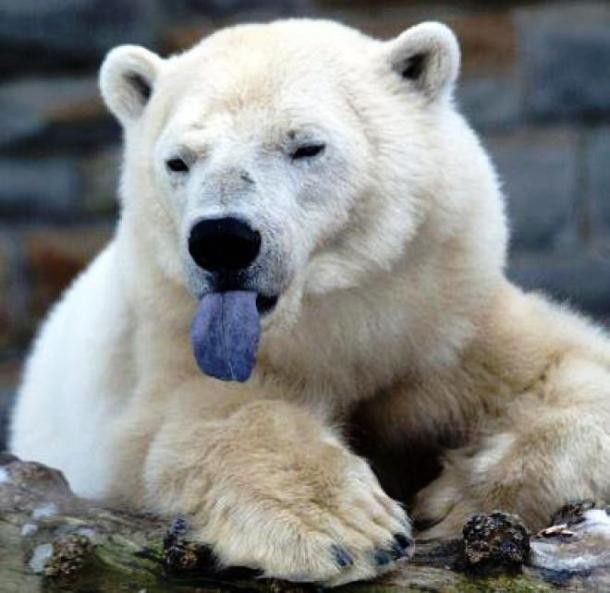
18. Due to the absence of human development in its remote habitat (within the Arctic Circle), the polar bear retains more of its original range than any other extant carnivore. But even though, it is listed as a vulnerable species with just some 20,000 to 25,000 individuals worldwide.
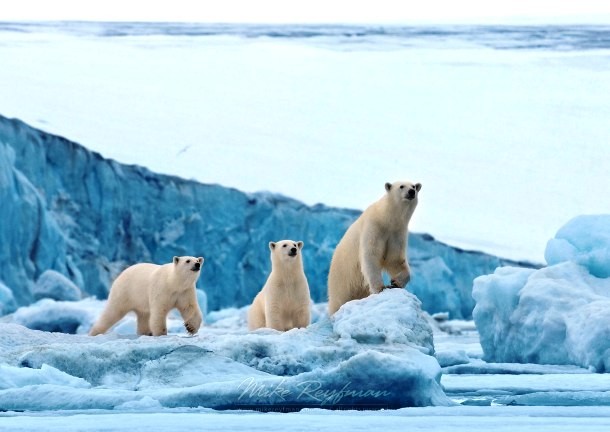
17. With an average male weighing up to 700 kg (1,540 lb) and measuring up to 3 meters (9 ft 10 in) in length, the polar bear is the largest land carnivore in the world. The heaviest polar bear on record, reportedly weighing an incredible 1,002 kg (2,209 lb), was a male shot in northwestern Alaska in 1960.
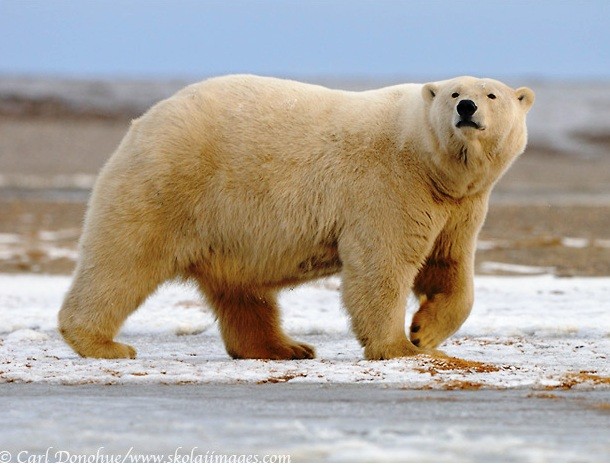
16. The polar bear is an excellent swimmer and often will swim for days. One bear swam continuously for 9 days in the frigid Bering Sea for 400 miles (687 km) to reach ice far from land. They usually swim at a speed of 10 km/h (6 mph).
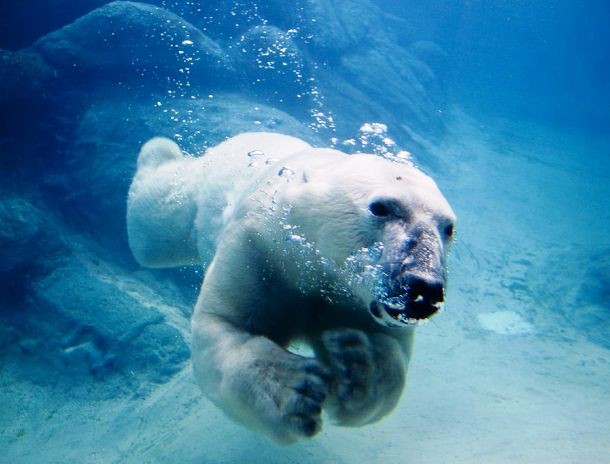
15. When walking, the polar bear tends to have a lumbering gait and maintains an average speed of around 5.6 km/h (3.5 mph). But despite their giant size, they can sprint at a speed of up to 40 km/h (25 mph).
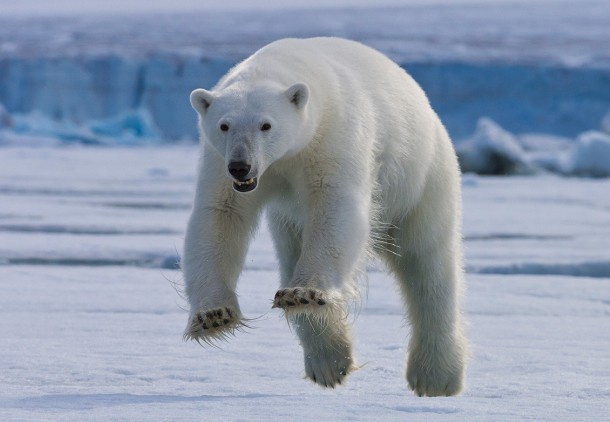
14. Despite being the world´ s largest carnivore, the cute polar bear cubs are born even smaller than human babies. However, they might be much smarter, because they quickly learn to stay totally motionless while their mothers hunt not to scare off the prey.
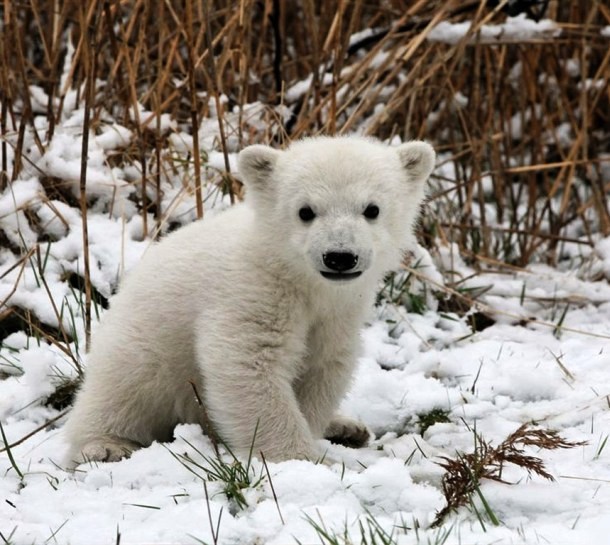
13. When hunting seals (their most common prey), polar bears use a wide range of smart techniques. Allegedly, they even cover their black noses with their paws not to be visible on the snow.

12. Nonetheless, their most common hunting method is still-hunting. The bear uses its excellent sense of smell to locate a seal breathing hole, and crouches nearby in silence for a seal to appear. The bear may lay in wait for hours. When the seal exhales, the bear smells its breath, reaches into the hole with a forepaw, and drags it out onto the ice.
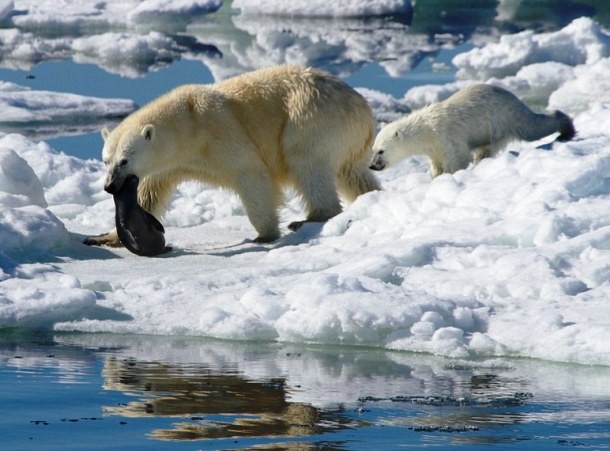
11. Polar bears are surprisingly obsessive about their cleanliness. After meal times, they will spend as long as up to half an hour grooming and cleaning themselves to make sure no dirt or residue is left on them.
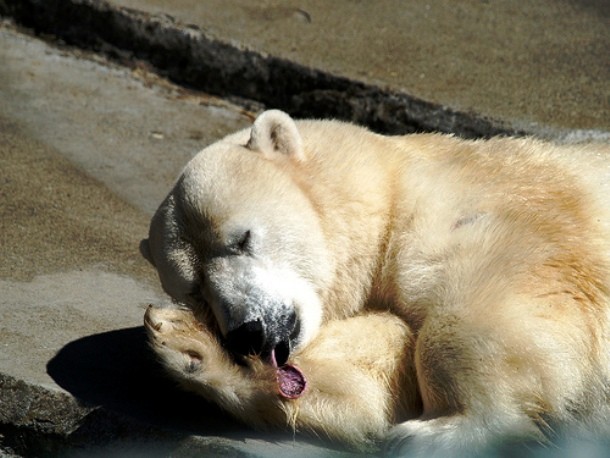
10. After good meal and thorough cleaning, polar bears love to relax, often in funny, almost human-like positions.
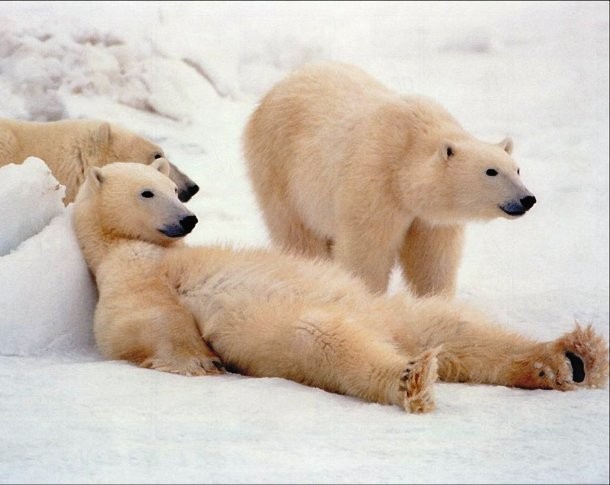
9. The polar bear is the only bear species that does not hibernate; they are active all year round.
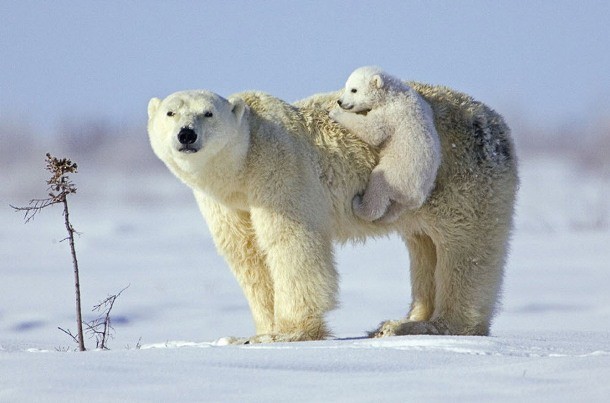
8. In fact, thanks to their extraordinary biological design, polar bears are unusually warm-blooded animals with their body temperature never dropping below 31 C (88 F). They sometimes even avoid sprinting and other strenuous physical activities not to get overheated.
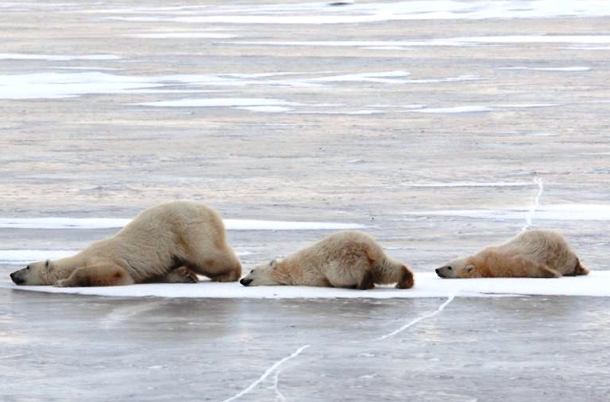
7. Some researchers believe a polar bear’s intelligence might be as high as that of apes thanks to their smart hunting techniques, inventiveness and ability to modify their behavior according to varying environmental challenges.
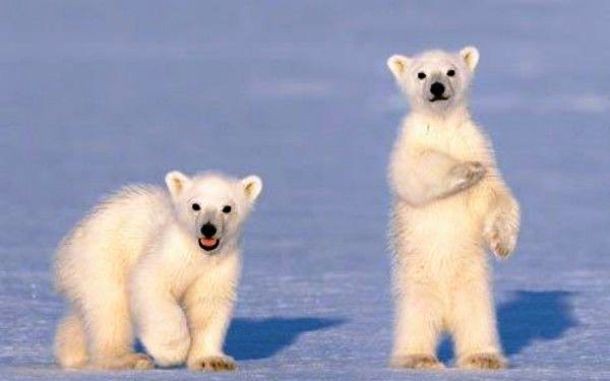
6. If a polar bear is unsuccessful catching dinner for more than 7 to 10 days, its metabolism will slow down, living off its fat reserves, until it finds its next meal.
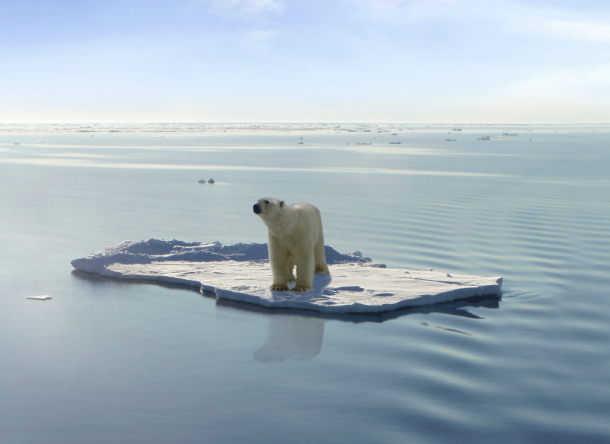
5. The polar bear has particularly developed sense of smell. They can track an icebound seal up to 20 miles (32 kilometers) away, and can sniff-out a seal’s breathing hole in the ice more than half a mile away, even if the seal is absent.
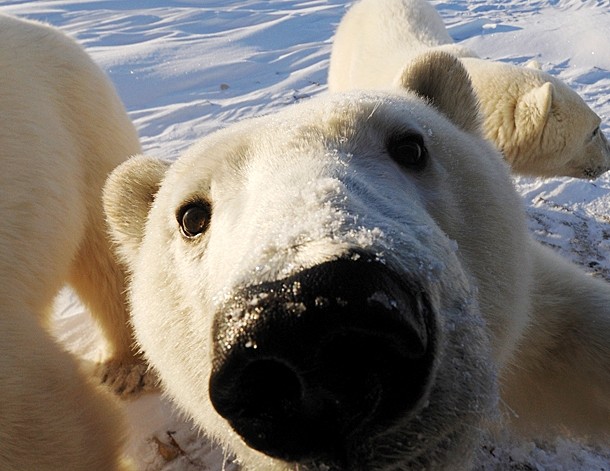
4. Due to the shrinking ice caps, researchers predict two-thirds of the current population of these amazing animals will disappear by 2050.
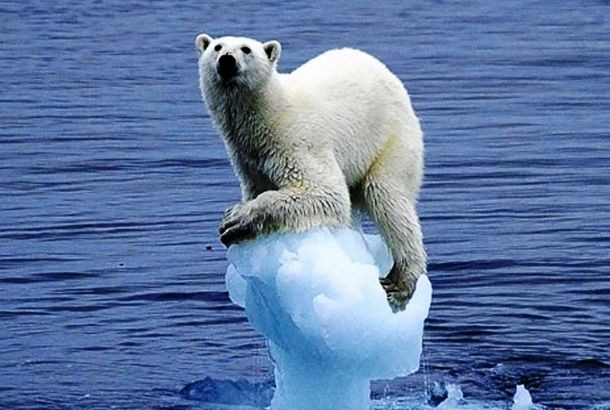
3. Fortunately, conservations efforts have been made and restrictions on sport-hunting adopted so hopefully the world population of polar bear will not shrink that fast. The polar bear was even given its international day – February 27th.
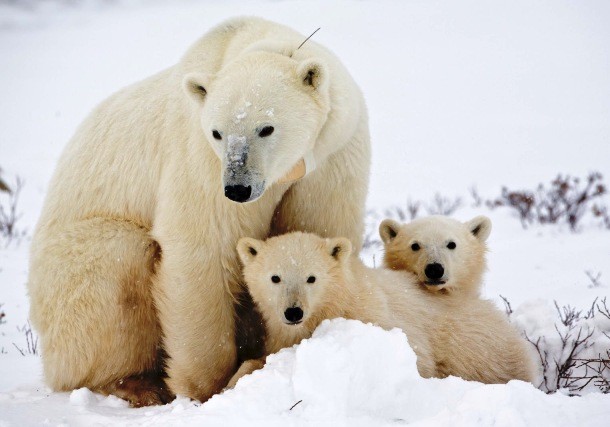
2. Despite their sophisticated hunting techniques and cautious behavior, only about 2% of their hunts are successful.
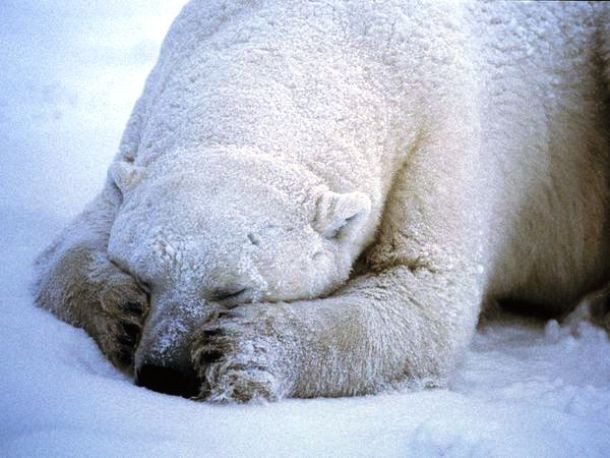
1. Arctic foxes are usually hunted by polar bears but in Canada, there was a recorded case of a strong friendship between these two animals. They played together and the giant bear even shared his food with his little fox friend.
